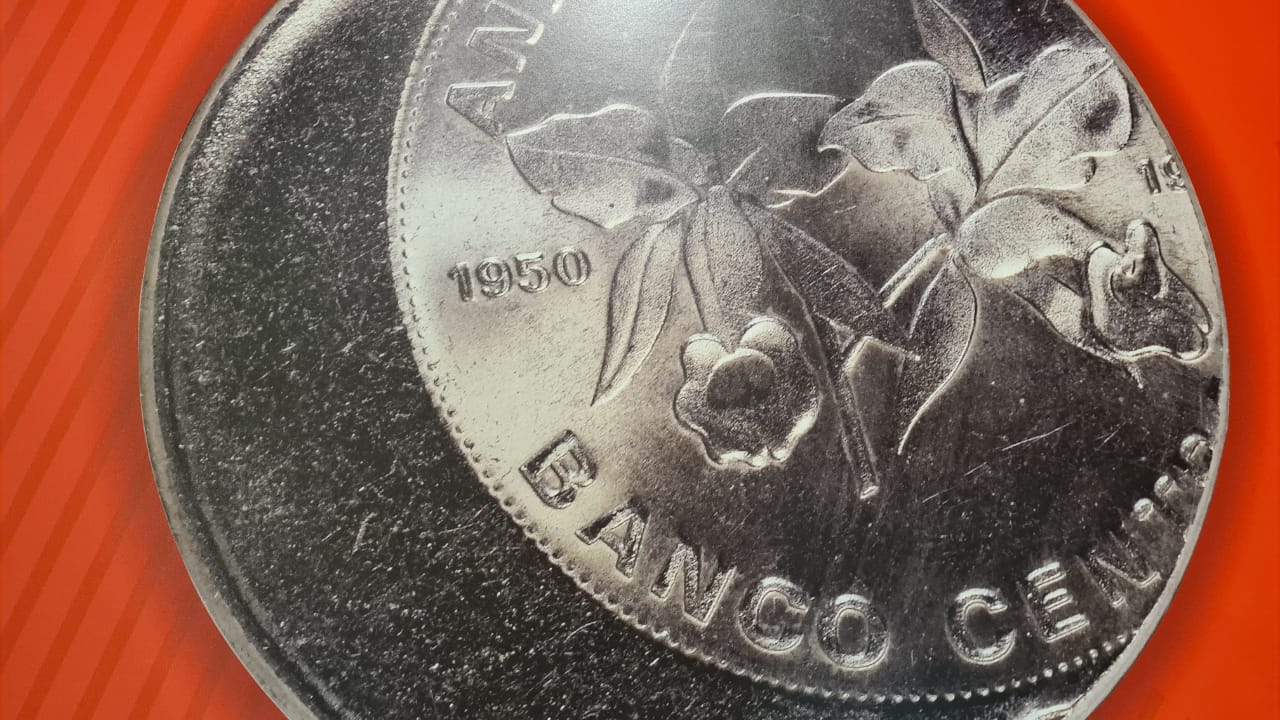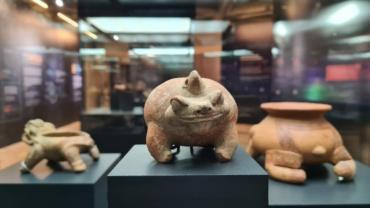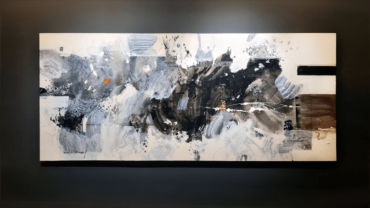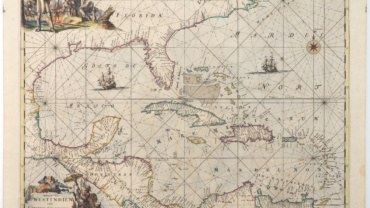

It is not common for us to reveal, collect and give a high value to errors, but in the exhibition Errores en las Monedas quite the opposite happens: it presents more than 136 coins with 16 types of errors that can be made throughout the different stages of coin manufacturing. Currently, these mistakes add value to these coins as collectible objects.
This exhibit combines coins whose errors come from the first stage of production where the die is designed and engraved (die used for blanking;) errors from the second stage where blanks are made (flat, round metal piece); and from the third stage where the coin is struck.
In the first case, you can see coins with inverted letters, spelling mistakes, design doubling in the same area, obverse and reverse not belonging to the same coin, or coins with traces of a dirty or cracked die.
In the second scenario, the blank was not properly cut, or it has a defect (scratches, incisions, etc.) in the lamination. Die-cutting errors were relatively common in Costa Rican coins during the XX Century. Lamination errors are the lesser, and they were identified in coins died in the decades of 1940 and 1950.
Finally, in the third stage – the die, most of the errors occur. They are usually provoked by the obstruction of dies, a malfunctioning of the pressure of the die machine, and the thinness of the blank among others. These errors may happen as a result of a cut in the coin blank or from defects in the lamination.
We invite you to see and discover each detail in the exhibit.
Short Tour
Mints use matrices with images in relief to stamp them embossed on the dies, which will later on be used to strike the coins. The coin errors in this category stem from mistakes committed during the manufacture/engraving of these dies or to defects originating from their continued use over time.
These types of issues directly relate to the coining process and the skill and control needed in the mass production process. They may be the result of human error or machine failure.
It happens during the metal sheet punching process; when metal sheets are fed into the machine and are not extracted fast enough or get stuck, superposing new sheets with sections that have already been cut. Also a planchet flaw is a line or groove in the coin produced during the metal rolling process, when substances or foreign matter adheres to the rollers.





